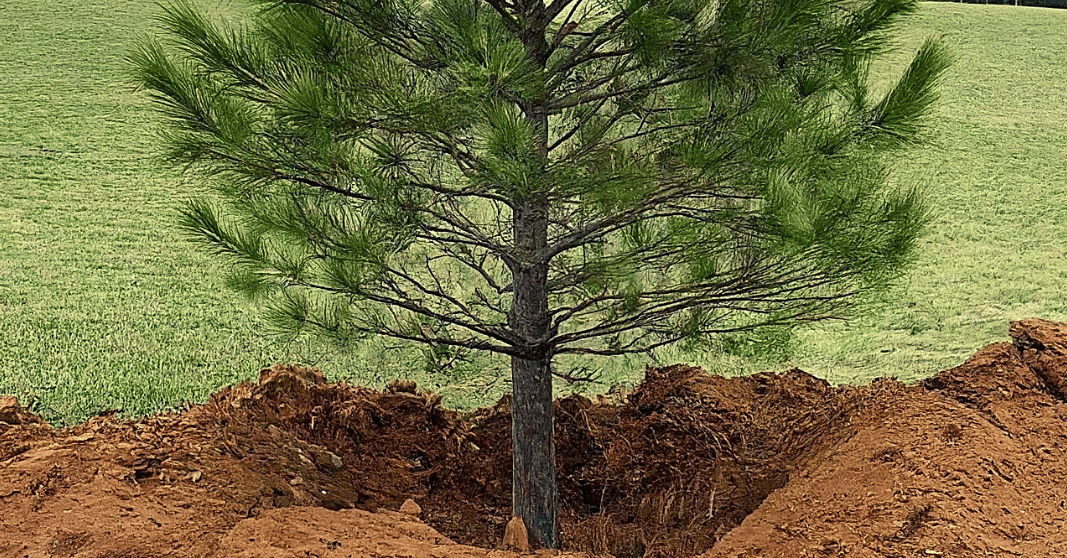Sweet Gum trees are truly unique. Their star-shaped leaves, stunning fall colors, and unique seed pods known as "sweet gum balls" are a sight to see, especially in the Southeastern United States. But what's the deal with these intriguing little balls, and why do they make nature lovers and gardeners scratch their heads?
Today, we're diving into the fascinating world of Sweet Gum trees. We'll uncover the secrets behind their famous seed pods, reveal some cool uses, and share some smart tips for handling them in your garden. Let's get started!
What Tree Produces Sweet Gum Balls?
The Sweet Gum tree, scientifically known as Liquidambar styraciflua, is the sole producer of the infamous sweet gum balls. These spiky globes are not without purpose; they are the tree's seed pods, designed by nature to protect and disseminate its seeds. As fall transitions to winter, the trees shed these balls, leaving a carpet of spiky orbs that can be both a visual treat and a walking hazard.
Are There Any Uses for Sweet Gum Tree Balls?
While they may seem like a nuisance to many, sweet gum balls have a variety of uses that can turn this perceived annoyance into a valuable resource. Here are a few innovative ways to repurpose sweet gum balls:
- Crafts and Decorations: Their unique shape and texture make sweet gum balls fantastic for DIY crafts. From holiday ornaments to wreaths, their potential is only limited by one's creativity.
- Mulch and Garden Compost: Crushed sweet gum balls can add a unique texture to garden beds, serving as a natural mulch. Additionally, when composted, they break down over time, enriching the soil with organic matter.
- Pest Deterrent: Some gardeners use sweet gum balls as a natural deterrent against moles and voles. Their spiky exterior discourages these pests from digging through garden areas.
How to Clean Up Sweet Gum Tree Balls?
Despite their uses, the reality is that many find sweet gum balls to be more of a nuisance, especially when it comes to lawn maintenance. Cleaning them up can be challenging, but here are some effective methods:
- Manual Collection: For small yards, picking them up by hand (with gloves) or using a tool like a nut gatherer can be effective.
- Lawn Sweeper: A mechanical lawn sweeper can pick up sweet gum balls, leaves, and other debris, making it a good option for larger areas.
- Leaf Vacuum: Some leaf vacuums are powerful enough to suck up sweet gum balls, providing a relatively easy way to clear them from your lawn.
Seeking Professional Help: Strobert Tree Services
For those who love their Sweet Gum tree but prefer to avoid the hassle of its seed pods, professional help is available. Strobert Tree Services, a leader in expert tree care serving Delaware, Pennsylvania, and New Jersey, offers comprehensive solutions to efficiently manage your Sweet Gum tree. From pruning services that reduce the number of balls produced to complete removal if you're ready to part with your tree, Strobert's team of certified arborists can tailor a plan to meet your specific needs.
Key Takeaways
For all their spiky inconvenience, sweet gum tree balls are a natural byproduct of a tree that offers much beauty and ecological value. Whether you embrace these seed pods through creative repurposing, tackle their cleanup with practical solutions, or seek professional assistance from Strobert Tree Services, there's no denying the sweet gum tree's unique place in our landscapes. By understanding more about these intriguing balls, we can appreciate the sweet gum tree for its challenges and the natural wonder it truly is.











